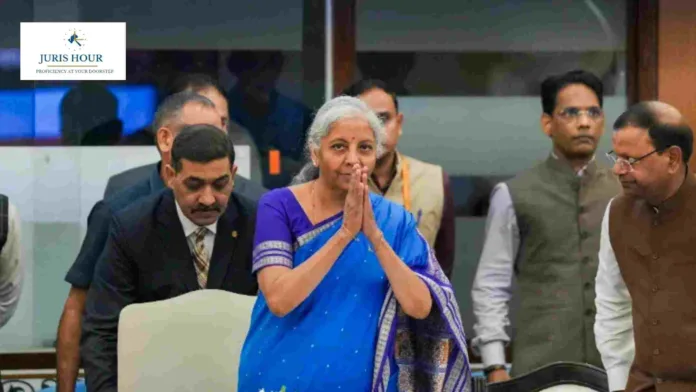The GST Council, at its 56th meeting, has approved sweeping reforms in GST rate rationalisation (structures and compliance). The changes, set to take effect from September 22, 2025, are expected to provide relief to households, boost key industries, and streamline revenue collection.
Key Highlights of the GST Rate Changes
Relief for Common Household Items
- Exemptions Extended: Ultra High Temperature (UHT) milk, paneer, Indian breads like roti and paratha, and natural honey are now exempt from GST.
- Reduced Rates: Essentials such as soaps, shampoos, hair oil, toothbrushes, bicycles, pasta, coffee, and namkeen will now attract just 5% GST (earlier 12–18%).
- Healthcare Support: All drugs and medicines will be taxed at a concessional 5%, while medical devices and surgical instruments will also fall under the same bracket.
Boost to Agriculture and Renewable Energy
- GST on agricultural machinery including sprinklers, harvesting equipment, and drip irrigation systems has been cut from 12% to 5%, giving a major push to farmers.
- Renewable energy equipment, previously taxed at 12%, will now be taxed at 5%, aligning with India’s green energy goals.
Major Restructuring in Automobiles
- Small Cars: GST reduced to 18% (from 28%), covering petrol, LPG, and CNG cars up to 1200 cc and diesel cars up to 1500 cc.
- Three-Wheelers, Buses, and Ambulances: Tax rate slashed from 28% to 18%.
- Luxury Vehicles & SUVs: A special rate of 40% introduced, replacing the earlier 28% plus compensation cess regime.
- Motorcycles: Two-wheelers up to 350cc will now attract 18%, while premium bikes above 350cc will face 40%GST.
Services Sector Overhaul
- Insurance: All individual life and health insurance policies will be exempt from GST.
- Passenger Transport: Buses and non-air transport to be taxed at 5% (no ITC), with an option of 18% (with ITC).
- Beauty and Wellness: Services like salons, gyms, and yoga centers will see tax cut from 18% to 5%.
- Entertainment & Gaming: Casinos, betting, gambling, horse racing, lotteries, and online gaming will attract a steep 40% GST. Entry to high-profile sporting events like the IPL will also face a 40% tax.
Compliance and ITC Adjustments
According to the FAQs released by the CBIC, businesses will need to carefully assess transitional provisions:
- Input Tax Credit (ITC) accrued at higher rates before September 22 can still be used to discharge output liability.
- Supplies exempted under the new schedule will require reversal of ITC post-implementation.
- Goods in transit will not require fresh e-way bills, ensuring smoother logistics.
Rationale Behind the Reforms
Officials explained that the rate rationalisation aims to align similar goods and services under uniform tax brackets, reduce disputes, and eliminate the need for compensation cess. The reforms also focus on correcting inverted duty structures, particularly in textiles, renewable energy, and healthcare, while keeping domestic manufacturing competitive.
What Stays Unchanged
- The registration threshold under the CGST Act remains the same.
- Cigarettes, zarda, chewing tobacco, and beedis will continue to attract existing rates until compensation cess liabilities are cleared.
At a Glance – New GST Rates (Effective September 22, 2025):
| Category | Old Rate | New Rate |
| Household Essentials (soap, shampoo, toothbrush, pasta, namkeen) | 12–18% | 5% |
| Medicines & Medical Devices | 12% | 5% |
| Agricultural Machinery | 12% | 5% |
| Renewable Energy Equipment | 12% | 5% |
| Small Cars | 28% | 18% |
| Three-Wheelers & Buses | 28% | 18% |
| SUVs & Luxury Cars | 28% + Cess (45–50% total) | 40% |
| Motorcycles ≤ 350cc | 28% | 18% |
| Motorcycles > 350cc | 28% + Cess | 40% |
| Casinos, Betting, Online Gaming | 28% + Cess | 40% |
The government believes these changes will make GST simpler, fairer, and more consumer-friendly, while still safeguarding revenue through special rates on luxury and sin goods.

